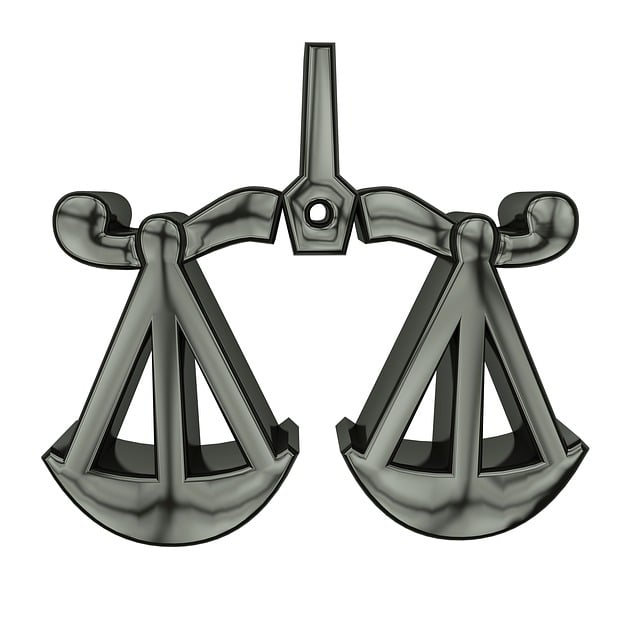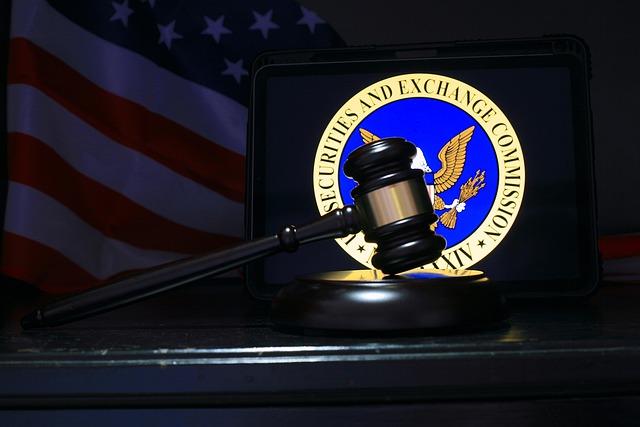Mail wire fraud, a growing cybercrime trend involving deceptive emails and fake check scams, often impersonating trusted entities. Understanding tactics like impersonation, social engineering, and urgency is key to recognizing schemes. In defamation cases related to mail wire fraud, proving damages is critical for achieving justice. Meticulous documentation, expert testimony, and evidence of economic impact lead to significant compensatory damages, with psychological toll also considered for substantial monetary awards. This comprehensive approach ensures fair determination of punitive damages, deterring future fraud.
Mail wire fraud, a deceptive practice aimed at exploiting individuals and businesses through manipulated electronic communications, has become increasingly prevalent. This article delves into the intricate world of mail wire fraud, exploring common schemes, the legal framework surrounding defamation laws, and the critical element of proving intent. We will assess damages assessment strategies and present successful case studies focusing on proving damages in defamation cases, offering insights for both legal professionals and individuals seeking redress.
- Understanding Mail Wire Fraud: Common Schemes and Tactics
- Legal Framework: Defamation Laws and Their Application
- Proving Element of Intent: Malice and Knowledge in Defamation
- Damages Assessment: Measuring Compensatory and Punitive Losses
- Case Studies: Successful Strategies for Proving Damages
Understanding Mail Wire Fraud: Common Schemes and Tactics

Mail wire fraud is a sophisticated form of cybercrime that has become increasingly prevalent in today’s digital age. It involves deceiving individuals or businesses into transferring money or sensitive information via mail and electronic wire transfers, often with promises of significant returns or under the guise of legitimate business transactions. Common schemes include phishing emails mimicking trusted sources, where victims are tricked into disclosing bank account details or wiring funds to fraudulent accounts. Another tactic is the use of fake check scams, where criminals send individuals a seemingly genuine check for a substantial amount, instructing them to deposit and wire the funds while promising a percentage as compensation.
Understanding these frauds requires recognizing the tactics employed by perpetrators. These include impersonation, where criminals pose as government agencies or reputable companies; social engineering, where they manipulate victims into making impulsive decisions; and creating a sense of urgency to pressure victims into acting quickly without proper verification. Proving damages in defamation cases related to mail wire fraud is crucial for victims seeking justice. For his clients involved in such incidents, a comprehensive understanding of the fraudulent schemes and the ability to document the financial losses can significantly contribute to achieving a complete dismissal of all charges.
Legal Framework: Defamation Laws and Their Application

In the legal landscape of mail wire frauds, understanding the application of defamation laws is paramount. Defamation refers to the publication of false statements that harm an individual’s reputation. When it comes to white-collar and economic crimes, these cases often navigate complex legal territories, particularly in proving damages. The onus lies on the victimized party to demonstrate the extent of harm caused by the fraudulent wire communications.
The process involves presenting evidence at all stages of the investigative and enforcement process. This includes gathering digital records, witness testimonies, and expert opinions to substantiate the defamation claim. By demonstrating that false statements were intentionally disseminated with malicious intent or reckless disregard for truth, victims can pursue legal recourse to seek compensation for proven damages.
Proving Element of Intent: Malice and Knowledge in Defamation

In defamation cases, proving the element of intent is paramount, especially when dealing with mail wire frauds. The malicious and knowing nature of the defendant’s actions is crucial to establishing liability. This involves demonstrating that they published false statements with the knowledge or reckless disregard for their truthfulness, intending to cause harm. Such an intention can be inferred from the circumstances surrounding the communication and the defendant’s conduct.
The proving damages in defamation cases process becomes more intricate in high-stakes cases where white collar and economic crimes are involved. The plaintiff must show not only that the statement was false and harmful but also that the defendant acted with actual malice or reckless indifference to the truth. This is particularly significant as general criminal defense strategies may differ, focusing on the elements of the crime rather than the defendant’s state of mind in spreading false information.
Damages Assessment: Measuring Compensatory and Punitive Losses

In mail wire fraud cases, assessing damages is a crucial step in proving compensatory and punitive losses. When individuals or businesses suffer harm due to fraudulent activities involving mail or electronic communications, they must be able to demonstrate the extent of their damage to receive adequate compensation. Proving damages in defamation cases, a common occurrence with mail wire fraud, requires meticulous documentation. This includes detailing financial losses, such as expenses incurred and profits lost, as well as any non-monetary harm like reputation damage and emotional distress.
A winning challenging defense verdict often hinges on the ability to quantify these damages accurately. General criminal defense strategies may include gathering evidence, expert witness testimony, and legal arguments that challenge the plaintiff’s assessment. Each respective business or individual must present a clear picture of their situation, demonstrating how the fraud directly led to their losses. This comprehensive approach ensures a fair determination of punitive damages, serving as a deterrent for future instances of mail wire fraud.
Case Studies: Successful Strategies for Proving Damages

In the realm of mail wire fraud, proving damages in defamation cases is a complex yet crucial aspect. Case studies illustrate successful strategies employed by plaintiffs to demonstrate the extent of harm caused by false communications. These high-stakes cases often involve intricate financial and reputational losses, demanding meticulous documentation and expert testimony across the country. By presenting concrete evidence of economic impact, such as loss of business opportunities or increased operational costs, plaintiffs achieve extraordinary results in securing compensatory damages.
Moreover, examining the psychological toll on victims is another effective approach. This includes showcasing the emotional distress, anxiety, and mental strain resulting from the defamation. Case studies demonstrate that achieving substantial monetary awards not only provides financial relief but also serves as a powerful deterrent against future fraudulent activities, underscoring the importance of robust legal avenues in combating mail wire fraud.
Mail wire fraud, a complex and insidious crime, demands a comprehensive understanding of both legal frameworks and practical strategies. By examining common schemes, defamation laws, and the intricate elements of proof, individuals and businesses can better protect themselves. When it comes to proving damages in defamation cases, a thorough analysis of compensatory and punitive losses, backed by compelling case studies, equips plaintiffs with powerful tools. Armed with this knowledge, folks can navigate these legal labyrinths, ensuring justice and compensation for harm caused by fraudulent mail wire activities.






